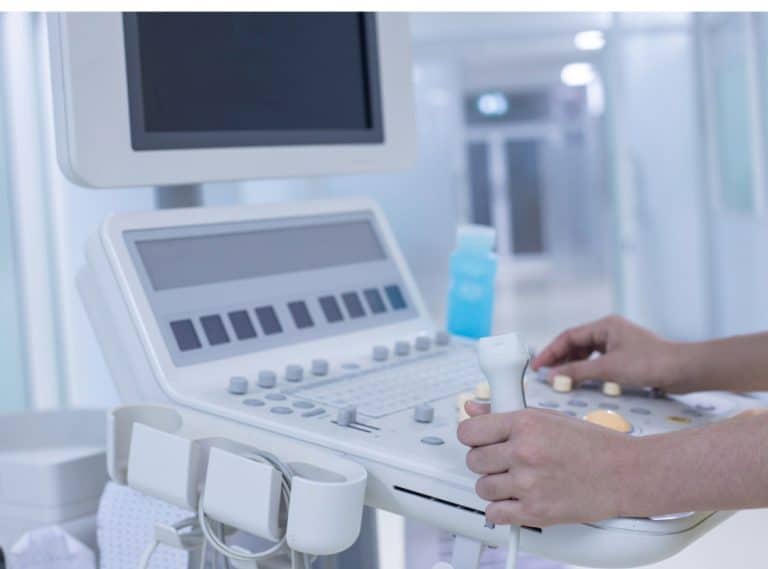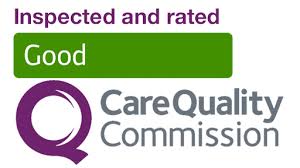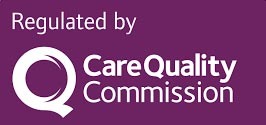One of the most dangerous medical conditions existing in the world today is that of vascular disease. While it can take many forms, they all associated with high cholesterol and high blood pressure.
Unfortunately, the majority of patients with some form of this disease do not seek treatment until their symptoms force them to, very often when they become life-threatening. Perhaps a little more education is in order so that people become more aware of the dangers of leaving these conditions to go untreated.
The Dangers of High Cholesterol
When a person’s cholesterol is not in check through medical treatment, there is a risk that cholesterol and fat deposits can find their way into the bloodstream and adhere to the walls of arteries and veins. Over time, these deposits build-up, causing the diameter of the artery or vein to decrease, restricting the flow of blood through them. Blood is needed for healing and when it cannot effectively reach an area that needs it, there is a chance that problems can develop that will lead to even more complications like losing a limb or worse.
Restricted movement of blood through veins and arteries also causes the heart to work harder to get the blood throughout the body. This results in spikes of high blood pressure weakened arteries and veins and even damage to the heart itself, over time. Out of control conditions that are easily treated can have a domino effect on the body, causing more harm than help, so no matter how minor a condition may be thought of as being, it should be taken as seriously as possible, including high cholesterol.
The Most Dangerous Forms of Vascular Disease
The most common form of vascular disease that affects a lot of patients today is that of Peripheral Artery Disease or PAD. Peripheral means that it will affect the limbs of the body, primarily, most often the legs rather than the arms. It begins with feeling a sluggishness or fatigue in those limbs while moving about like they are weighted down. This is the first sign that blood is not flowing as it should throughout those areas. Patients will also experience occasional numbness or tingling in the region, not often enough to be considered chronic but often enough to be noticeable.
The condition occurs when the flow of blood through the arteries to the heart becomes so bad that the lack of oxygen resident in the blood begins to damage the heart itself. Blood flows from the heart to the lungs, where oxygen is released into the bloodstream. If the arteries that serve that route have become blocked due to plaque buildup, the less oxygen-rich blood is released to flow back into the heart, causing the heart itself to become damaged. Symptoms of this condition can include progressive shortness of breath, chest pain and fainting following exertion.
Over time, the restricted blood flow will cause ulcers or sores to develop in the skin, and infection of those ulcers can grow quickly, due to a lack of healing blood flow to the area. This can lead to a loss of a limb due to gangrene, further restricting the patient’s ability to move around on their own. While serious, this is not the most dangerous form of this disease; that title is reserved for Pulmonary Vascular Disease.
Other types of vascular diseases include Post-Thrombotic Syndrome, Vasculitis, Aortic Dissection, Carotid Artery Disease, Buerger’s Disease, Varicose VeinsFibromuscular Dysplasia, Critical Limb Ischemia (CLI), Renovascular Hypertension (RAS), Lymphedema, Stroke, Chronic Venous Insufficiency (CVI), Pulmonary Embolism, Mesenteric Artery Disease, Thoracic Aortic Aneurysm and, Thrombophilia all of which can be fatal.
Diagnosis of Vascular Disease
The occurrence of vascular disease increases with age and the prevalence varies considerably. Diagnosis is of the utmost importance as people with this disease have four to five times more incidence of stroke or heart attack. It is, therefore, a good habit to go for checkups every now and then just to be on the safe side and also eat healthy foods which are low on or better yet free of calories.
Vascular ultrasound can detect early signs of vascular disease. International Ultrasound Services offers private ultrasound to check the health of your veins and arteries. This will give a quick diagnosis and will allow you to act on any findings.
In our private ultrasound clinic we offer:
Carotid ultrasound scans to evaluate the health of your carotid arteries for any signs of atheroma.
DVT ultrasound scans to check for any signs of deep vein thrombosis.
Effective Treatments
Treatments for the vascular disease can include blood thinners to alleviate some of the pressure involved in getting blood to circulate, medications to control cholesterol and high blood pressure, and finally, surgery to remove any clots or blockage to a specific area. All of these conditions can eventually become life-threatening, so treatment must be acquired as soon as possible.
Author- Yianni Kiromitis PgC Medical Ultrasound, BSc(Hons) - Medical Ultrasound Practitioner
Specialities: Abdomen, Small Parts, Gynaecology/Obstetrics and Vascular...
Yianni Kiromitis is a London based NHS and Private Medical Sonographer, with more than 20 years’ experience in Healthcare.
Reviewed: 07/04/2020 by Yianni Kiromitis PgC Medical Ultrasound, BSc(Hons) and Tareq Ismail Pg (Dip) Medical Ultrasound, BSc(Hons)






